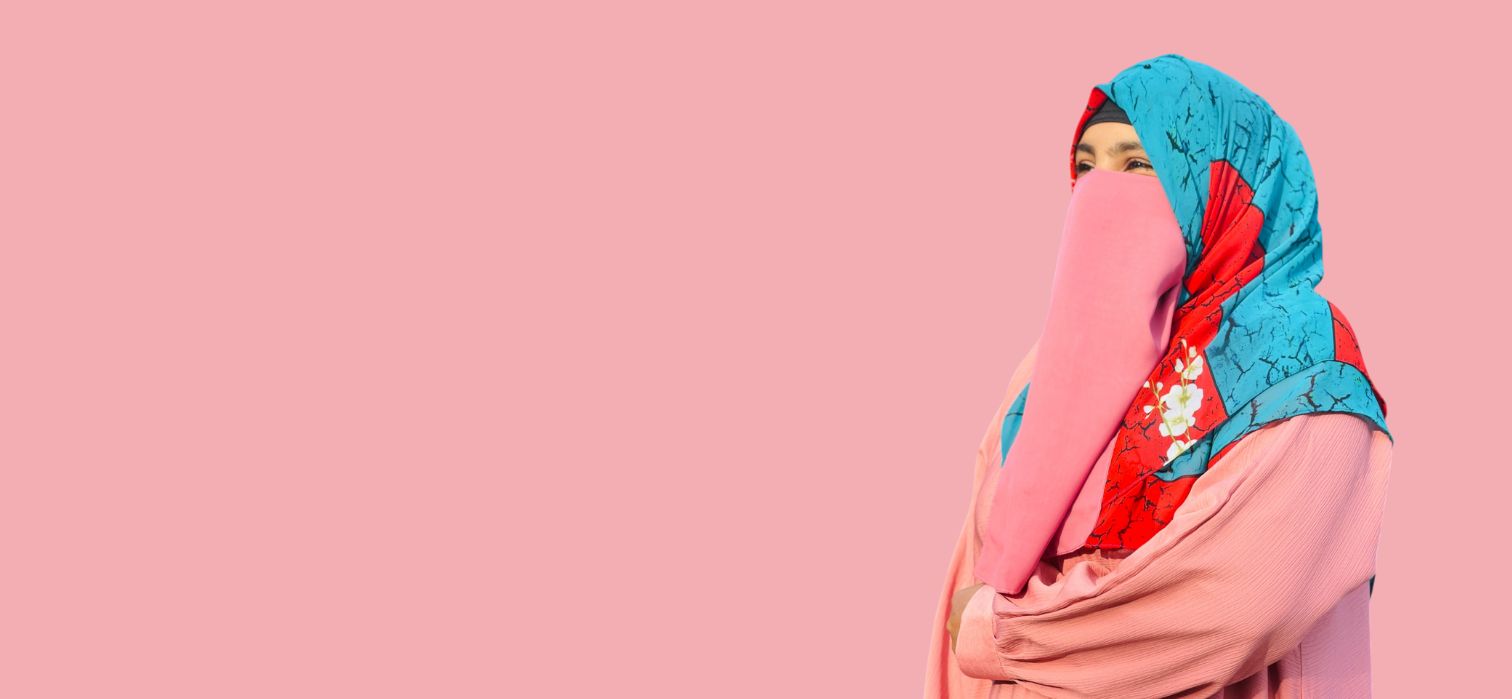As a hijabi, we don’t have bad hair days—we have bad hijab days. Many things can cause this, but for me (and if you’re here, it’s 90% guaranteed to be the same for you), it happens when even the most expensive and delicate abaya doesn’t look good because it doesn’t complement your skin tone. This is where color theory comes into play for hijabis.
Let’s See Why and How It Works—So Next Time, We Only Have Perfect Hijab Days!
You first need to figure out your skin tone. Then we can proceed to find the right hijab color for your undertones. Let’s simplify it!
Understanding the Basics: Skin Tones Matter
It’s all about shades that match your skin tone, as every skin tone has its palette. You might have a cool skin tone, neutral skin tone, warm skin tone, or olive undertones. Each reacts differently to different palettes, so figuring yours out can help you make choices that have the potential to make your day.
-
Cooler tones go beautifully with jewel shades.
-
Warmer tones are enhanced with earthy and vibrant hues.
-
Neutral tones are versatile and work with a wide range of colors.
-
Olive tones often stand out in earthy and natural shades.
Fun Ways to Determine Your Skin Tone and Discover Your Hijab Color Palette at Home
Finding your skin tone and discovering your palette at home can be fun, and every hijabi should try this test. With the right hijab color, you can conquer! Here are some ways to conduct this test:
Step 1: Veins Test
Examine the veins on your wrist in natural light:
-
Blue or purple veins = Cool tone
-
Greenish veins = Warm tone
-
A mix of both = Neutral tone
Step 2: Jewelry Test
Conduct a jewelry test at home:
-
Silver looks best? Cool tone.
-
Gold looks better? Warm tone.
-
Both look great? Neutral tone.
Step 3: Sunlight Reaction
How does your skin react to sunlight?
-
Burns easily = Cool tone
-
Tans easily = Warm tone
-
Both = Neutral tone
Step 4: White Paper Test
Hold a white paper to your face:
-
Pink or blue reflection = Cool tone
-
Yellow or peachy glow = Warm tone
-
No hue = Neutral tone
Once you know your tone, pick colors that enhance your natural beauty!
Which Colors Match Each Skin Undertone?
Whatever your skin tone, if you know which hijabs suit you, you’re going to have a good hijab day—or even a good hijab life! Your hijab collection should be based on scarf colors that work best with your complexion and flatter your undertone.
Cool Undertones
If you have a cool undertone, try:
-
Jewel tones like sapphire, emerald, and amethyst
-
Pastels like lavender, icy pink, and baby blue
-
Cool neutrals like gray, navy, and white
Warm Undertones
If you have a warm undertone, try:
-
Earthy tones like terracotta, mustard, and olive green
-
Vibrant shades like coral, gold, and orange
-
Warm neutrals like beige, cream, and caramel
Neutral Undertones
If you have a neutral undertone, go for:
-
Versatile shades like blue, green, blush pink, and teal
-
Balanced neutrals like charcoal gray, soft brown, and ivory
Olive Undertones
If you have olive undertones, try:
-
Natural hues like moss green, taupe, and rust
-
Deep, earthy colors like burgundy and chocolate brown
-
Muted shades like dusty rose and sage green
Discovering the best colors for your undertone ensures every hijab day is a perfect one!
Confidence is the Best Accessory
Finding the best hijab color is important, but you must remember that confidence makes all the difference. Even if you’ve chosen the best hijab with a complementing color, a lack of confidence can ruin your look. It’s proven: confidence is the best accessory that makes you look effortlessly like a showstopper.
Conclusion
Choosing the right hijab color for your skin tone is fun and beneficial too. Every hijabi should try this test to see how the overall decorum of their personality gets elevated. Once you figure out your skin tone, deciding what hijab color to wear becomes effortless.
Keep visiting us for more hijab-essential blogs, and again—Have a Good Hijab Day!



